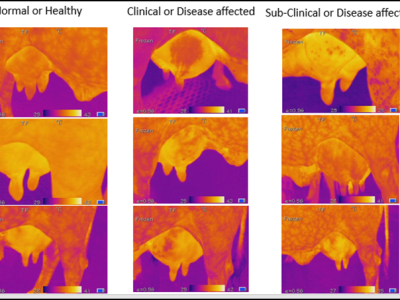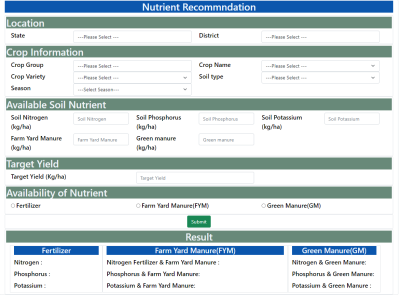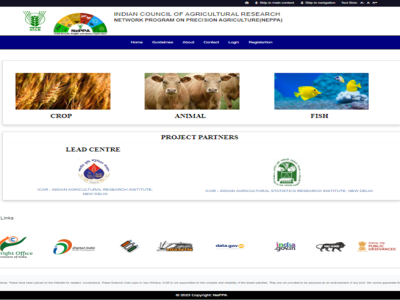
- Home
- About Us
- What We Do
- Partners
- ICAR-Indian Agricultural Research Institute, New Delhi
- ICAR-Indian Agricultural Statistics Research Institute, New Delhi (IASRI)
- ICAR-National Rice Research Institute, Cuttack (NRRI)
- ICAR-Indian Institute of Wheat and Barley Research, Karnal (IIWBR)
- ICAR-Central Institute of Cotton Research, Nagpur (CICR)
- ICAR-Indian Institute of Vegetable Research, Varanasi (IIVR)
- ICAR-National Research Centre on Banana (NRCB)
- ICAR-Indian Institute of Soil Science, Bhopal (IISS)
- ICAR- National Bureau of Soil Survey and Land Use Planning, Nagpur (NBSS&LUP)
- ICAR-Indian Institute of Water Management, Bhubaneshwar (IIWM)
- ICAR-Central Institute of Agricultural Engineering, Bhopal (CIAE)
- ICAR- Central Institute of Post-Harvest Engineering and Technology, Ludhiana (CIPHET)
- ICAR-National Dairy Research Institute, Karnal (NDRI)
- ICAR-Central Institute of Fisheries Education, Mumbai (CIFE)
- ICAR- Central Inland Fishery Research Institute, Barrakpore (CIFRI)
- ICAR- Central Institute of Fresh Aquaculture, Bhubaneswar (CIFA)
- Tools / Web Services
- Publications
- Gallery
- Committee
- Contact Us
Achievements
ICAR-Indian Agricultural Statistics Research Institute
Artificial Intelligence based mastitis disease identification in Cattle and Buffalo:
Mastitis infection occurs due to bacteria (or bugs) get into the udder and may also be introduced in different ways such as: poor milking procedure, fault in milking machine, teat injuries, and direct exposure to bacteria in the environment. The symptoms of this disease are seen in mammary glands of cow (teat part) and we received thermal images of Sahiwal breed of cow from ICAR-National Dairy Research Institute, Karnal. These thermal images are in three categories i.e., Normal means healthy animal, Clinical means infected animal and Sub-clinical means initial stage of infection in animals. The size of each image was 320*240 pixels and each category comprises with around 3000 images.
Deep Learning based Convolutional Neural Network model was applied and model was trained in two conditions namely Normal vs Clinical and Normal vs Subclinical. The models were developed for two breeds of cow i.e., Sahiwal and Tharparkar and one breed of Murrah buffalo. A web based tool was also developed by implementing these models and options were provided to user to upload the thermal image of udders for identification of mastitis disease in the animal.

Decision Support system for nutrient recommendation:
Recommended doses of nutrition was determined based on the developed STCR models and these models was developed by AICRP on Soil Test Crop Response of ICAR-Indian Institute of Soil Science (ICAR-IISS) Bhopal. These models were developed for different soil conditions, different varieties and for different seasons. These models were developed based on target yield and existing nutrient status of the soil. A web based system was developed for nutrient recommendation.

Web application for capturing images at different stages from field/plot along with meta data (stage, time, location, etc.) for wheat
A web application has been developed for capturing the images related to assessment of Nitrogen contents and accordingly determine the required doses of N for obtaining the optimum yield. Suitable Specifications or Standard Operating Procedures (SOPs) has been developed for capturing the images from the field. The developed application has been handed over to the institute for testing and implementation. The required data is being entered into the system. This application will be further generalized for other crops.
